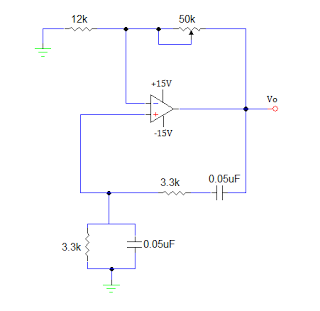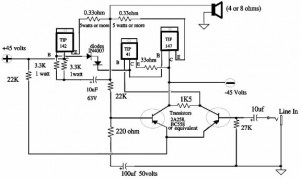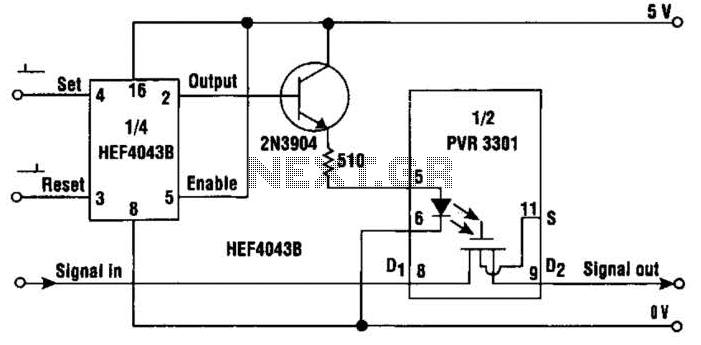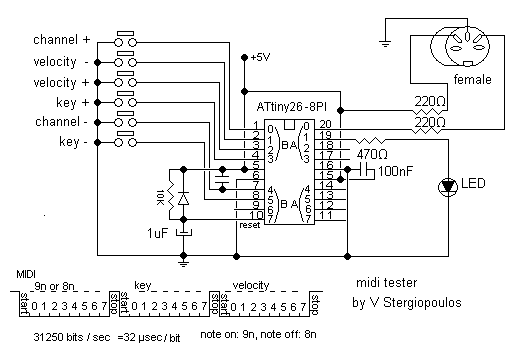
OP AMP SINE WAVE GENERATOR CIRCUIT

An operational amplifier-based sine wave generator circuit, commonly known as a Wien bridge oscillator, is recognized for its simplicity and stability. The Wien bridge oscillator connects the Wien bridge circuit between the amplifier's input and output terminals. The bridge features a series RC network in one arm and a parallel RC network in the adjacent arm. In the remaining arms of the bridge, an input resistor (R1) and a feedback resistor (Rf) are connected.
The Wien bridge oscillator is a classic circuit used to generate sine waves at audio frequencies. It operates based on the principle of positive and negative feedback, which allows for stable oscillation. The circuit typically consists of an operational amplifier, resistors, and capacitors arranged in a specific configuration.
In a standard Wien bridge oscillator, the resistors and capacitors are chosen to set the frequency of oscillation. The formula for the frequency (f) of the output sine wave is given by:
f = 1 / (2πRC)
where R is the resistance and C is the capacitance involved in the RC networks. The circuit is designed to achieve a balance condition where the gain of the amplifier is equal to three at the oscillation frequency, which is necessary for sustained oscillation.
The series RC network introduces a phase shift of 90 degrees, while the parallel RC network provides a complementary phase shift. This combination enables the operational amplifier to produce a sine wave output. The feedback resistor (Rf) plays a crucial role in controlling the gain of the oscillator, while the input resistor (R1) helps set the overall impedance of the circuit.
To ensure stable oscillation, a light bulb or thermistor is often used in the circuit to automatically adjust the gain. As the amplitude of the output signal increases, the resistance of the light bulb or thermistor changes, which in turn reduces the gain of the amplifier, preventing distortion and allowing the circuit to maintain a clean sine wave output.
Overall, the Wien bridge oscillator is an essential circuit in audio applications, signal processing, and testing equipment due to its reliable performance and ease of implementation.An Operational amplifier based sine wave generator circuit, it is basically a wein bridge oscillator. Because of its simplicity and stability, one of the most commonly used audio frequency oscillator is wein-bridge.
The wein bridge oscillator in which the weinbridge circuit is connected between the amplifier input and output terminals. The bridge has a series RC network in one arm and a parallel RC network in the adjoining arm. in the remaining arms of bridge, input resistor R1 and Feedback Resistor Rf is connected. 🔗 External reference
The Wien bridge oscillator is a classic circuit used to generate sine waves at audio frequencies. It operates based on the principle of positive and negative feedback, which allows for stable oscillation. The circuit typically consists of an operational amplifier, resistors, and capacitors arranged in a specific configuration.
In a standard Wien bridge oscillator, the resistors and capacitors are chosen to set the frequency of oscillation. The formula for the frequency (f) of the output sine wave is given by:
f = 1 / (2πRC)
where R is the resistance and C is the capacitance involved in the RC networks. The circuit is designed to achieve a balance condition where the gain of the amplifier is equal to three at the oscillation frequency, which is necessary for sustained oscillation.
The series RC network introduces a phase shift of 90 degrees, while the parallel RC network provides a complementary phase shift. This combination enables the operational amplifier to produce a sine wave output. The feedback resistor (Rf) plays a crucial role in controlling the gain of the oscillator, while the input resistor (R1) helps set the overall impedance of the circuit.
To ensure stable oscillation, a light bulb or thermistor is often used in the circuit to automatically adjust the gain. As the amplitude of the output signal increases, the resistance of the light bulb or thermistor changes, which in turn reduces the gain of the amplifier, preventing distortion and allowing the circuit to maintain a clean sine wave output.
Overall, the Wien bridge oscillator is an essential circuit in audio applications, signal processing, and testing equipment due to its reliable performance and ease of implementation.An Operational amplifier based sine wave generator circuit, it is basically a wein bridge oscillator. Because of its simplicity and stability, one of the most commonly used audio frequency oscillator is wein-bridge.
The wein bridge oscillator in which the weinbridge circuit is connected between the amplifier input and output terminals. The bridge has a series RC network in one arm and a parallel RC network in the adjoining arm. in the remaining arms of bridge, input resistor R1 and Feedback Resistor Rf is connected. 🔗 External reference





